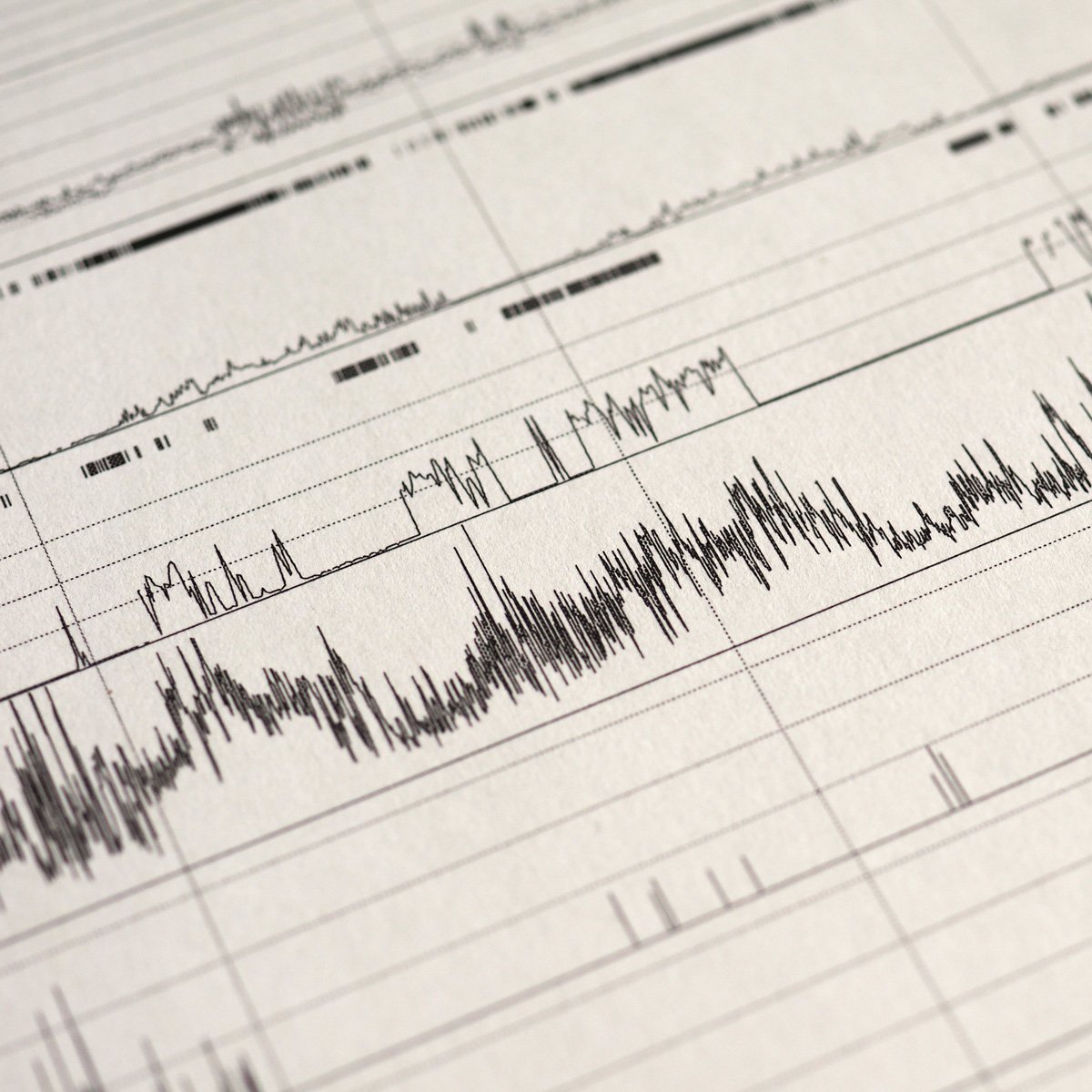Unlocking the Mystery: How Sleep Apnea is Diagnosed
Sleep apnea, a stealthy disruptor of peaceful slumber, often hides in the shadows, affecting millions while remaining undetected. The key to unveiling this silent culprit lies in diagnosis—a crucial step towards reclaiming restful nights and ensuring overall health.
Clinical Evaluation: The First Clue
For many, the journey to a sleep apnea diagnosis begins with a clinical evaluation. Healthcare professionals, often spurred by the patient's symptoms such as loud snoring, choking, or gasping during sleep, delve into the intricacies of the individual's sleep patterns and overall health. This initial assessment serves as the first clue in unraveling the mystery of sleep apnea.
Sleep Studies: Peering Into the Night
The cornerstone of sleep apnea diagnosis is the sleep study, a comprehensive examination conducted in a sleep centre or even from the comfort of one's home. Polysomnography, the gold standard for diagnosis, monitors various physiological parameters during sleep. From brain activity to heart rate, respiratory efforts, and oxygen levels, this overnight investigation provides a detailed snapshot of what unfolds during those crucial nighttime hours.
Home Sleep Apnea Testing (HSAT): Convenience Unleashed
In recent years, technological advances have introduced a more convenient avenue for diagnosis—Home Sleep Apnea Testing (HSAT). This portable option allows individuals to undergo sleep studies in their own beds, wearing simplified monitoring devices that track key parameters. While not suitable for all cases, HSAT provides a practical alternative, especially for those with suspected moderate to severe sleep apnea.
The Watchful Eye of Dentists: Dental Sleep Medicine
Dentists, attuned to the oral manifestations of sleep apnea, play a vital role in diagnosis. Through clinical assessments and collaboration with sleep specialists, dentists may identify signs such as teeth grinding, a crowded or narrow airway, or other oral factors contributing to sleep apnea. This partnership between dentistry and sleep medicine adds another layer to the diagnostic process.
Connecting the Dots: Interpreting Results
Once the sleep study concludes, the collected data undergoes meticulous analysis. Sleep specialists decipher the intricate patterns and events recorded during the night, revealing the presence and severity of sleep apnea. From apneas (complete cessation of airflow) to hypopneas (partial airflow reduction), each event contributes to painting a comprehensive picture.
In essence, the diagnosis of sleep apnea involves a collaborative effort between healthcare professionals and cutting-edge technologies. As awareness grows and diagnostic tools become more accessible, the journey to identifying and addressing sleep apnea becomes a pathway to improved sleep quality, enhanced health, and a renewed sense of vitality. If you suspect sleep apnea may be disrupting your nights, embarking on the diagnostic journey could be the key to unlocking a world of restful sleep and overall well-being.

